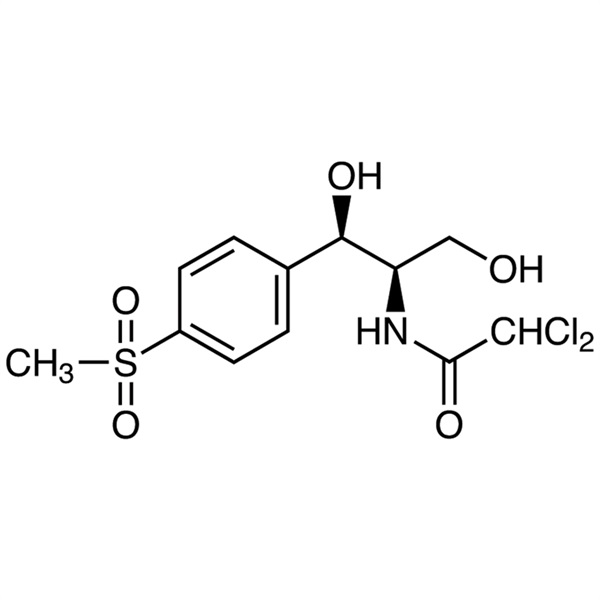Thiamphenicol CAS 15318-45-3 Purity >99.5% (HPLC) Factory
Shanghai Ruifu Chemical Co., Ltd. is the leading manufacturer and supplier of Thiamphenicol (CAS: 15318-45-3) with high quality, commercial production. We can provide COA, worldwide delivery, small and bulk quantities available. Please contact: alvin@ruifuchem.com
| Chemical Name | Thiamphenicol |
| Synonyms | D-Thiophenicol; 2,2-Dichloro-N-[(1R,2R)-1,3-Dihydroxy-1-[4-(Methylsulfonyl)phenyl]-2-propyl]acetamide; D-Threo-2,2-Dichloro-N-(β-Hydroxy-α-[Hydroxymethyl]-4-[Methylsulfonyl]phenethyl)acetamide |
| CAS Number | 15318-45-3 |
| CAT Number | RF-PI2043 |
| Stock Status | In Stock, Production Scale Up to Tons |
| Molecular Formula | C12H15Cl2NO5S |
| Molecular Weight | 356.22 |
| Solubility | Soluble in Acetonitrile or DMF. Slightly Soluble in Water |
| Brand | Ruifu Chemical |
| Item | Specifications |
| Appearance | White Crystalline Powder |
| Melting Point | 163.0~167.0℃ |
| Specific Rotation [α]20/D | -21.0°~-24.0° (C=5 in DMF) |
| Loss on Drying | <0.50% |
| Residue on Ignition | <0.20% |
| Related Substances | |
| Any Single Impurity | <0.50% |
| Total Impurities | <1.00% |
| Chlorides (Cl) | ≤0.02% |
| Heavy Metals | ≤10ppm |
| Purity / Analysis Method | >99.0% (HPLC) |
| Infrared Spectrum | Conforms to Structure |
| Proton NMR Spectrum | Conforms to Structure |
| Test Standard | Enterprise Standard |
| Usage | Broad Spectrum Antimicrobials; Veterinary Medicine Drug |
Package: Bottle, Aluminium foil bag, 25kg/Cardboard Drum, or according to customer's requirement
Storage Condition: Store in sealed containers at cool and dry place; Protect from light and moisture


Thiamphenicol (CAS: 15318-45-3) is a broad-spectrum antibiotic chloramphenicol. It has the similar chemical structure with the chloramphenicol. Its methyl sulfone substituted the nitro of chloramphenicol, which reduced its toxicity, and in vivo its antibacterial activity is 2.5-5 times stronger than chloramphenicol. For gram-positive bacteria, such as streptococcus pneumoniae and hemolytic streptococcus, it has very strong antibacterial effect, while for gram-negative bacteria, such as Neisseria gonorrhoeae, meningococcus, lung Bacteroides, E. coli, Vibrio cholerae, Shigella and influenza bacillus, it also has strong antibacterial effect. For anaerobic bacteria, Rickettsia and amoeba, it has antibacterial effect in some extent. It has the same antimicrobial mechanism with chloramphenicol, which mainly inhibits the synthesis of bacterial protein. This drug is absorped quickly by oral administration, which reaches peak blood concentration within two hours. Its half-life is 5 hours, that is more longer than chloramphenicol. The bacteria have complete cross resistance to it and chloramphenicol, while the bacteria have some cross-resistance phenomenon to it and tetracycline. Thiamphenicol is an antimicrobial substance intended for the treatment of infectious diseases in cattle, pigs and poultry. It is used as the water soluble thiamphenicol glycine hydrochloride for parenteral therapy and as a premix composed of thiamphenicol base and corn starch, (4:1) or other mixer, for oral use. Thiamphenicol is an antibiotic. It is the methyl-sulfonyl analogue of chloramphenicol and has a similar spectrum of activity, but is 2.5 to 5 times as potent. Like chloramphenicol, it is insoluble in water, but highly soluble in lipids. It is used in many countries as a veterinary antibiotic, but is available in China, Morocco and Italy for use in humans. Mainly for chickens, ducks, geese spirit sluggish, enteritis, pulling yellow-white stool, airsacculitis, peritonitis, perihepatitis, salpingitis, vitelline peritonitis, the follicle deformation, intestinal mucosa congestive and bleeding, the mesentery appears granuloma accompanied with breathing difficult and other sympton caused by refractory E.coli, pasteurella anatipestifer, salmone,etc. For livestock and poultrys acute or chronic respiratory disease, cough, runny nose. Also have good effect on E.coliillness, salmonella, eperythrozoonosis, staphylococci diseases, fowl cholera, necrotizing enterocolitis and other bacterial diseases.
-
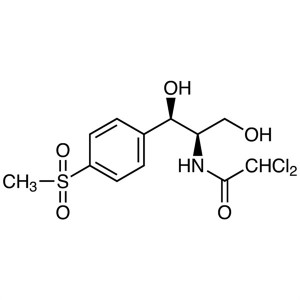
Thiamphenicol CAS 15318-45-3 Purity >99.5% (HPL...
-
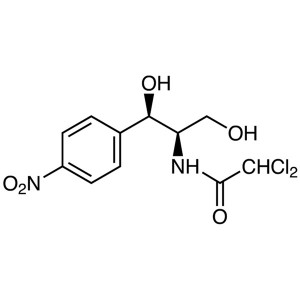
Chloramphenicol CAS 56-75-7 Purity ≥99.0% (HPLC...
-
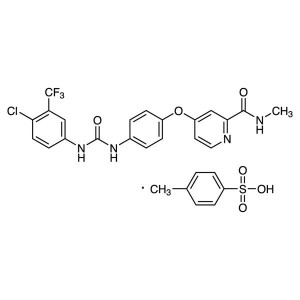
Sorafenib Tosylate CAS 475207-59-1 Purity ≥99.0...
-
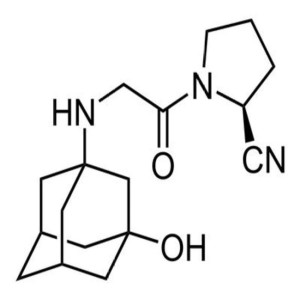
Vildagliptin CAS 274901-16-5 Purity ≥99.0% (HPL...
-
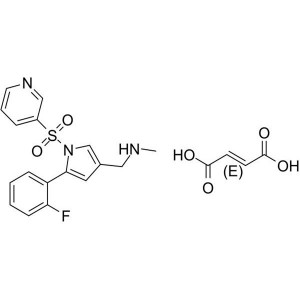
Vonoprazan Fumarate (TAK-438) CAS 1260141-27-2 ...
-
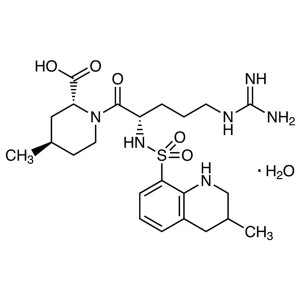
Argatroban Monohydrate CAS 141396-28-3 Purity ≥...
-
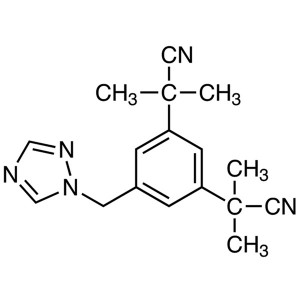
Anastrozole CAS 120511-73-1 API Factory High Qu...
-
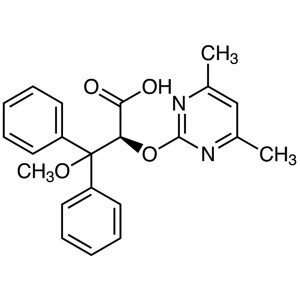
CAS 177036-94-1 Purity >99.0% (HPLC) API Factor...
-
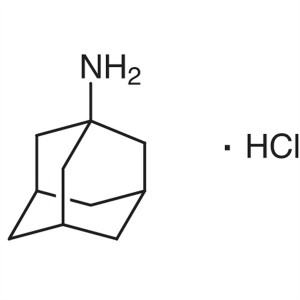
CAS 665-66-7 Assay 98.5%~101.5% API
-
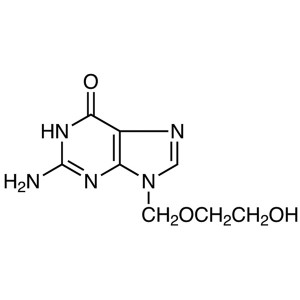
Acyclovir CAS 59277-89-3 Assay 98.0-101.0% (HPL...
-
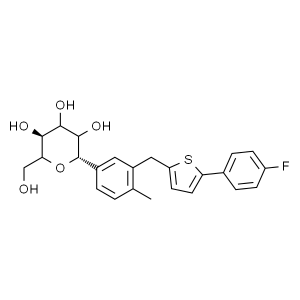
CAS 842133-18-0 Purity ≥99.0% (HPLC) Type 2 Dia...
-
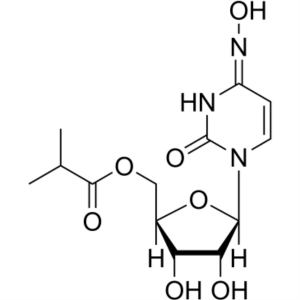
Molnupiravir (EIDD-2801) CAS 2349386-89-4 COVID...
-
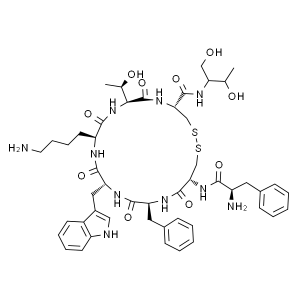
Octreotide Acetate CAS 83150-76-9 Peptide Purit...
-
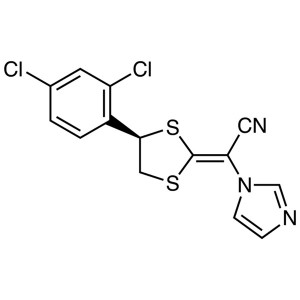
Luliconazole CAS 187164-19-8 Purity ≥99.0% HPLC...
-
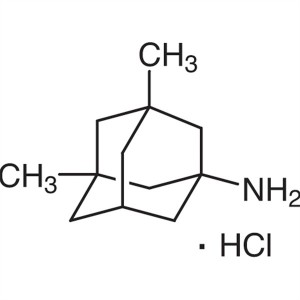
Memantine Hydrochloride Memantine HCl CAS 41100...

